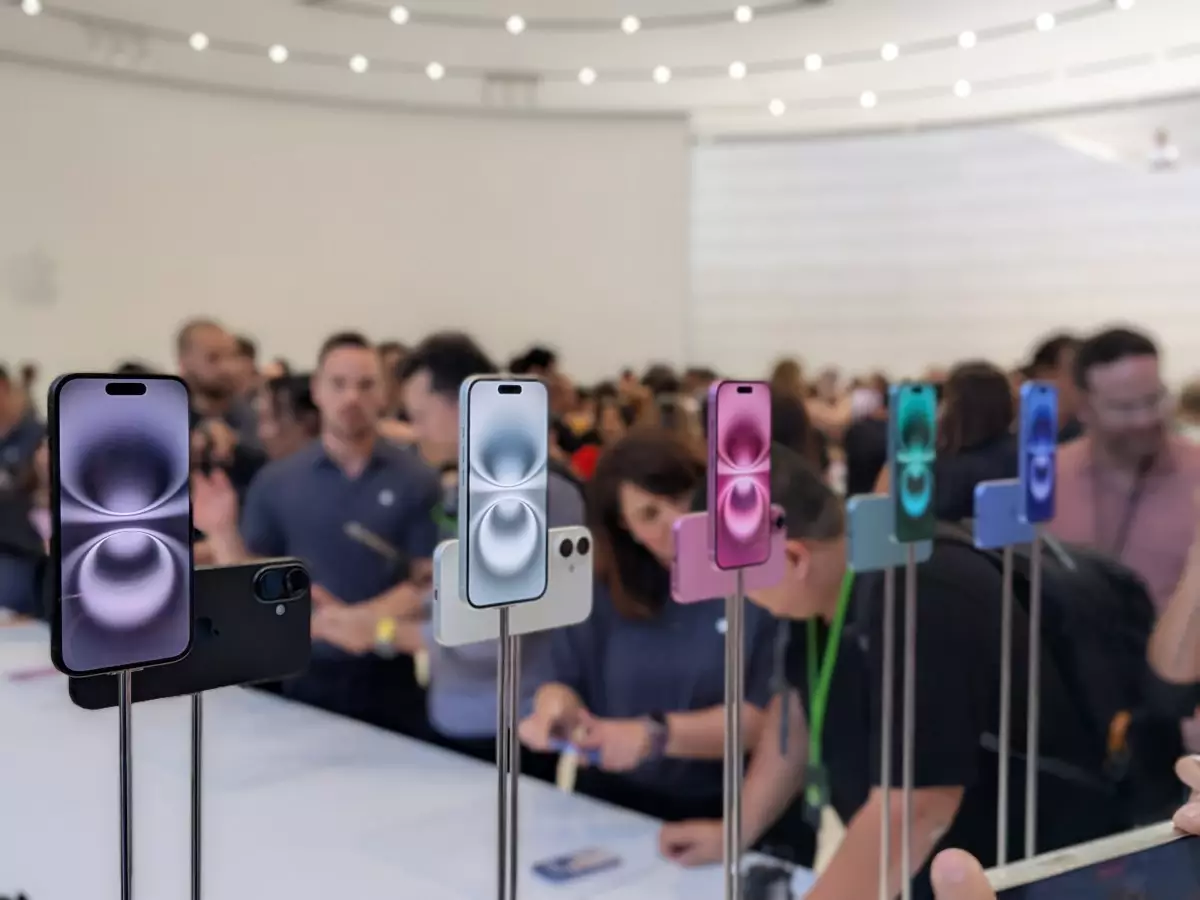The recent launch of the iPhone 16 at Apple’s “Glowtime” event showcased an array of cutting-edge features and upgraded specifications. However, the absence of a discussion on repairability during such a pivotal announcement raised eyebrows among tech enthusiasts and repair advocates alike. The right to repair is gaining traction globally, yet Apple avoided directly addressing the topic, leaving many to wonder if they are truly embracing the movement or merely paying lip service to it.
One of the most notable advancements related to repairability announced for the iPhone 16 is the introduction of a new adhesive design. This innovative feature allows users to loosen the adhesive with low voltage applied from a 9-volt battery—a significant improvement given the past reliance on industrial-strength glues that have complicated repair processes. Historically, glue has been a formidable barrier for DIY enthusiasts and repair technicians, with manufacturers, including Apple, opting for adhesive over traditional methods like screws. This tactic not only complicates repairs but also drives the narrative of a product designed for obsolescence.
With the new ionized adhesive, the iPhone 16 models present a game-changer for those seeking to perform repairs independently. Nonetheless, it is worth noting that this feature is absent in the iPhone 16 Pro models, which might indicate a persistent reluctance from Apple to fully embrace self-repair for its premium devices. Instead, the Pro versions have received a restructured interior that aims to simplify access to internal components, albeit without the same assistive glue technology.
In addition to the modified adhesive, Apple has introduced the Repair Assistant through the latest iOS 18, which aims to streamline and enhance the repair process for both professional technicians and everyday users. This software upgrade supports calibration protocols that align with Apple’s “parts pairing” policy, which previously restricted third-party repairs due to performance standards tied to specific components.
Prominently, the inclusion of the repairable TrueDepth Camera on all iPhone 16 models marks another significant step toward greater repair accessibility. Previously, such repairs mandated direct tethering to a Mac computer, complicating the process for repair shops and do-it-yourselfers. By removing this dependency, Apple has effectively expanded the scope for independent repair options.
The Bigger Picture: Is Apple Making Genuine Changes?
While the iPhone 16’s advancements in repairability signify progress, they also raise questions about the sincerity of Apple’s commitment to the right to repair. Acknowledging that not all features are uniformly available across the product lineup indicates a carefully calculated approach; it may appeal to environmentally conscious consumers while simultaneously maintaining a tight control over its ecosystem. Apple’s strategy appears to blend innovation with a cautious embrace of repairability, reflecting both recognition of consumer demand and a desire to protect its business model.
The iPhone 16 event showcased not only the latest hardware advancements but also a potential pivot in Apple’s stance on repairability. The new adhesive technology and enhancements in serviceability are steps in the right direction, yet the company’s approach remains layered and complex. Advocates for the right to repair will be watching closely to see if these incremental changes will lead to a genuine transformation or remain a series of half-measures in Apple’s ongoing narrative.

